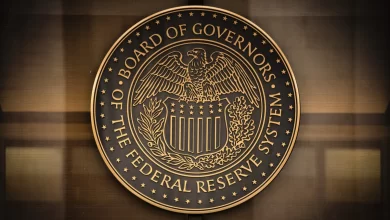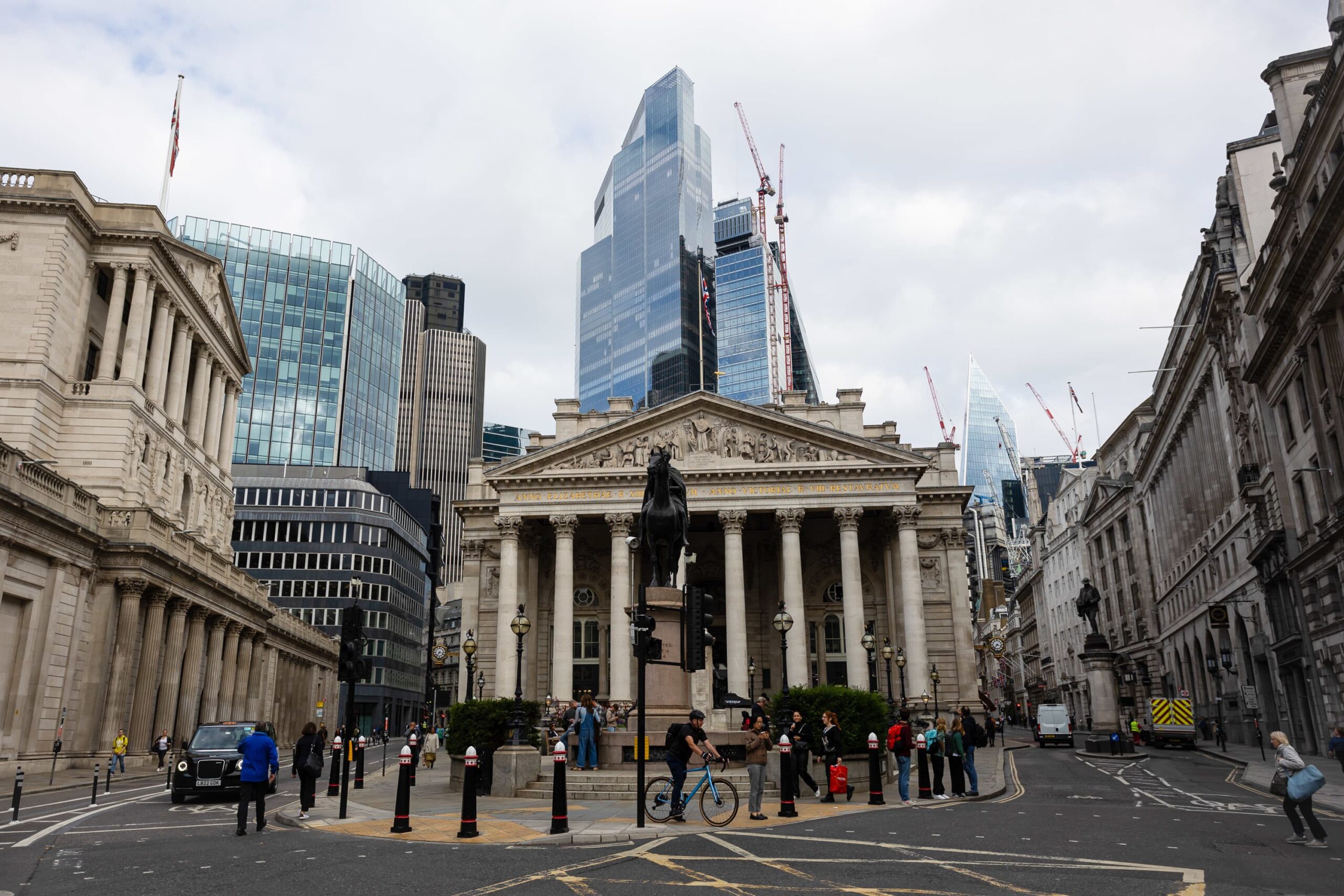Despite recent tech market selling and bitcoin’s weekend fall, Dow futures rise 190 points.
Even after a poor week on Wall Street, Dow futures were higher as investors fled equities due to fears about the new omicron Covid type and the Federal Reserve's policy tightening.

The Dow Jones Industrial Average futures contract rose 191 points. Futures on the S&;P 500 were up 0.50 percent, while Nasdaq 100 futures were up 0.3 percent.
Following a big drop in bitcoin over the weekend, Nasdaq stock futures were the underperformer on Sunday, as investors continued to rethink owning tech stocks with high valuations.
On Friday, the Dow and S&P 500 declined 0.17 percent and 0.84 percent, respectively. The Nasdaq Composite lost 1.92 percent of its value.
The electric vehicle maker Tesla was the largest drag on Friday’s tech-heavy Nasdaq, with shares falling more than 6%.
With the exception of two equities, Cathie Wood’s flagship Ark Innovation Fund has dropped more than 5%, and all of the fund’s holdings are now in a bear market. Teladoc Health, Zoom Video, Roku, Palantir, and Twilio are among the companies that have experienced significant declines.
The severe selling in technology companies spilled over into the crypto world, where values fell as well. On Friday morning, Bitcoin was trading about $57,000, but by Saturday, it had dropped to around $43,000. The world’s largest cryptocurrency had recovered some of its losses by Sunday, but it was still trading below the critical $50,000 threshold.
Friday’s widespread market selling was aided by slower-than-expected job growth. The Labor Department reported Friday that nonfarm payrolls climbed by 210,000 last month, which was less than the 573,000 economists polled by Dow Jones expected.
In a letter to investors on Friday, TD Securities stated, “A lower payrolls report pulled the rug beneath risk sentiment.” The yield on the 10-year Treasury fell to 1.335 percent, the lowest since September 21, as investors sought safety.
The unemployment rate was 4.2 percent, down from 4.6 percent in October, which was better than predicted. According to Dow Jones, economists had predicted a reading of 4.5 percent.
“The job growth number is disappointing, no doubt,” said Jeffrey Buchbinder, an equity strategist at LPL Financial. “Especially considering the survey period fell before we even knew the name of the newest Covid-19 version.” “While Omicron may slow hiring in the next months, we remain optimistic about significant employment growth and above-average growth in the United States in 2022,” he added.
Investors weighed new details on the omicron variant as they sold on Friday, capping a turbulent week for the major averages.
For the first time since September 2020, all three main averages ended the week in the red, with the Dow marking its fourth consecutive negative week. The S&P 500 and Nasdaq Composite both fell for the second week in a row.
Small-cap stocks were particularly heavily hit, with the Russell 2000 index dropping 3.86 percent for the week.
In a statement to investors on Friday, Bank of America said, “Despite our projection for a flat year for the S&P 500…we are still positive on pockets of the market, especially small caps.” “In comparison to large caps, small caps are more domestic, more vulnerable to the services spending rebound, bigger beneficiaries of capex/reshoring, and are less expensive,” the firm stated.
The potential gain for small caps, according to Bank of America, is contingent on Covid cases remaining under control.



